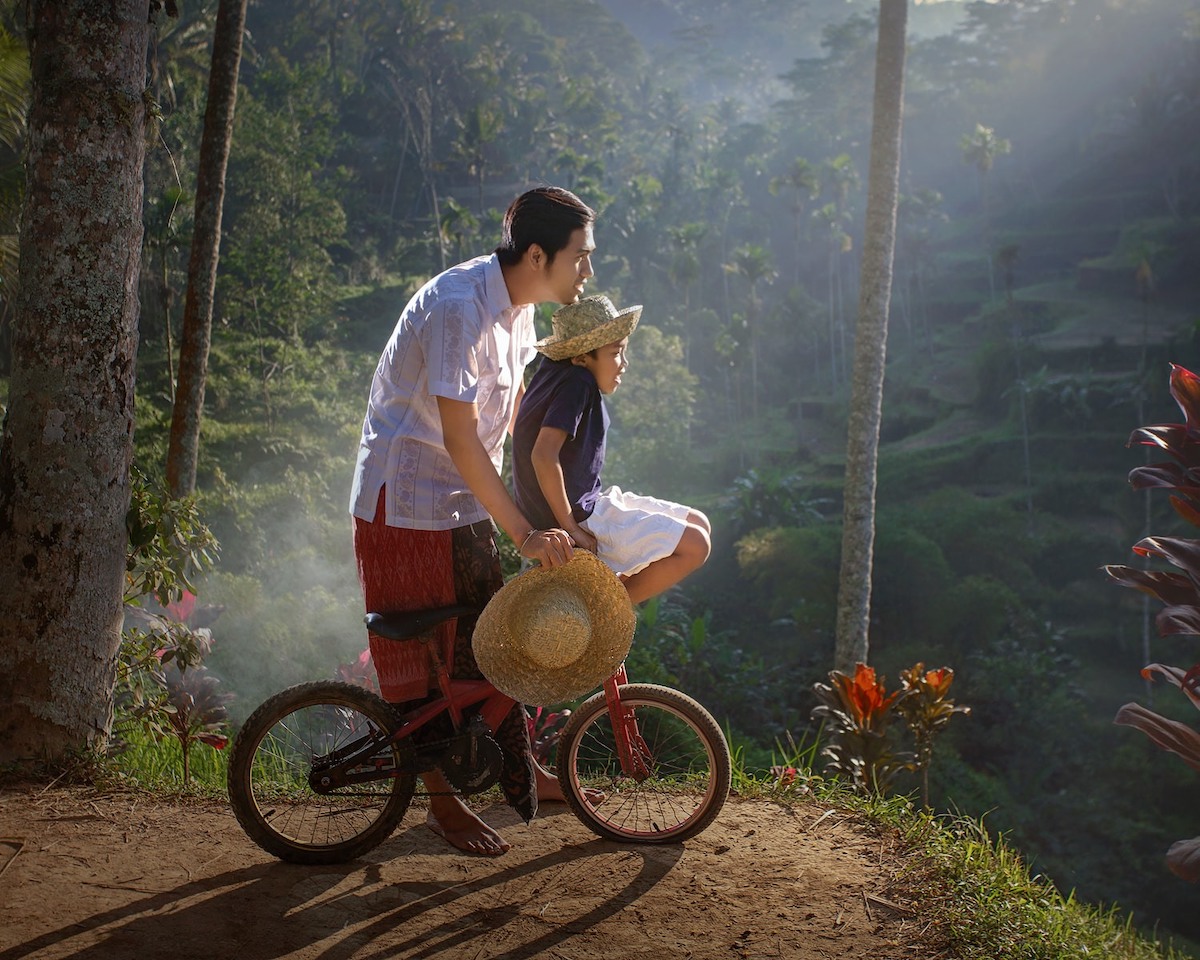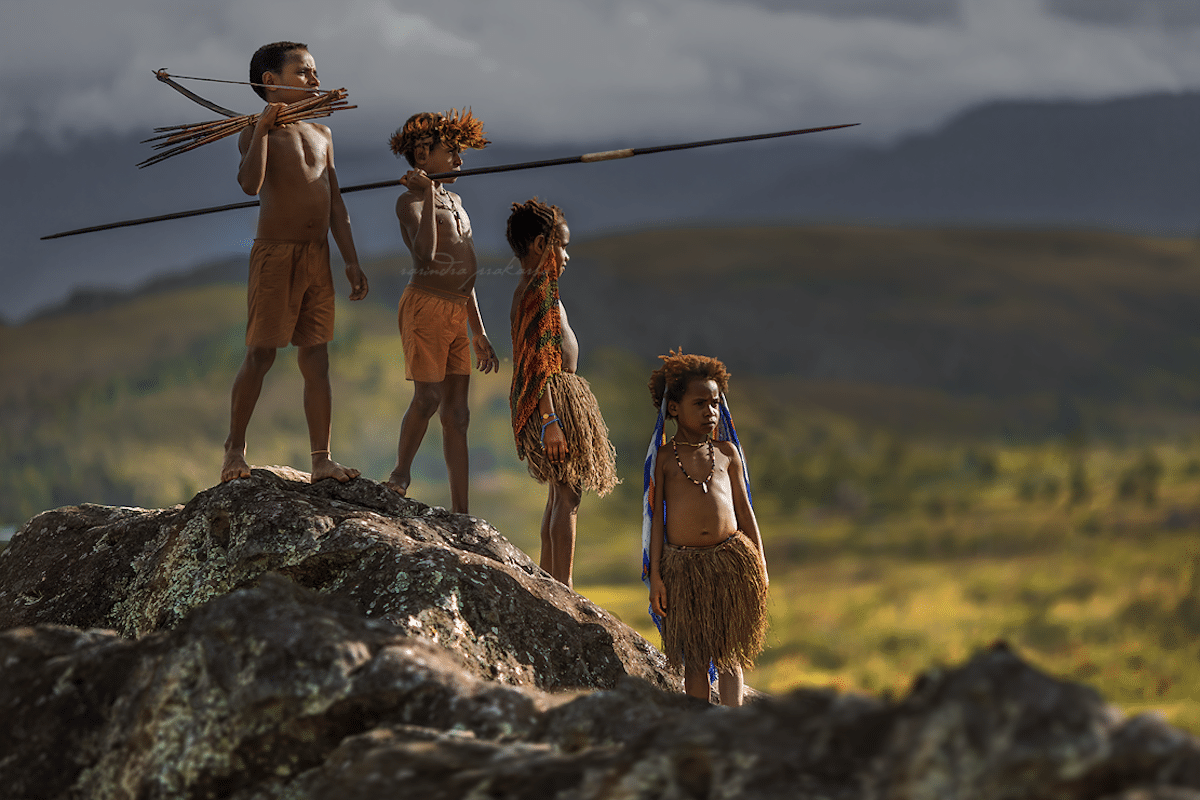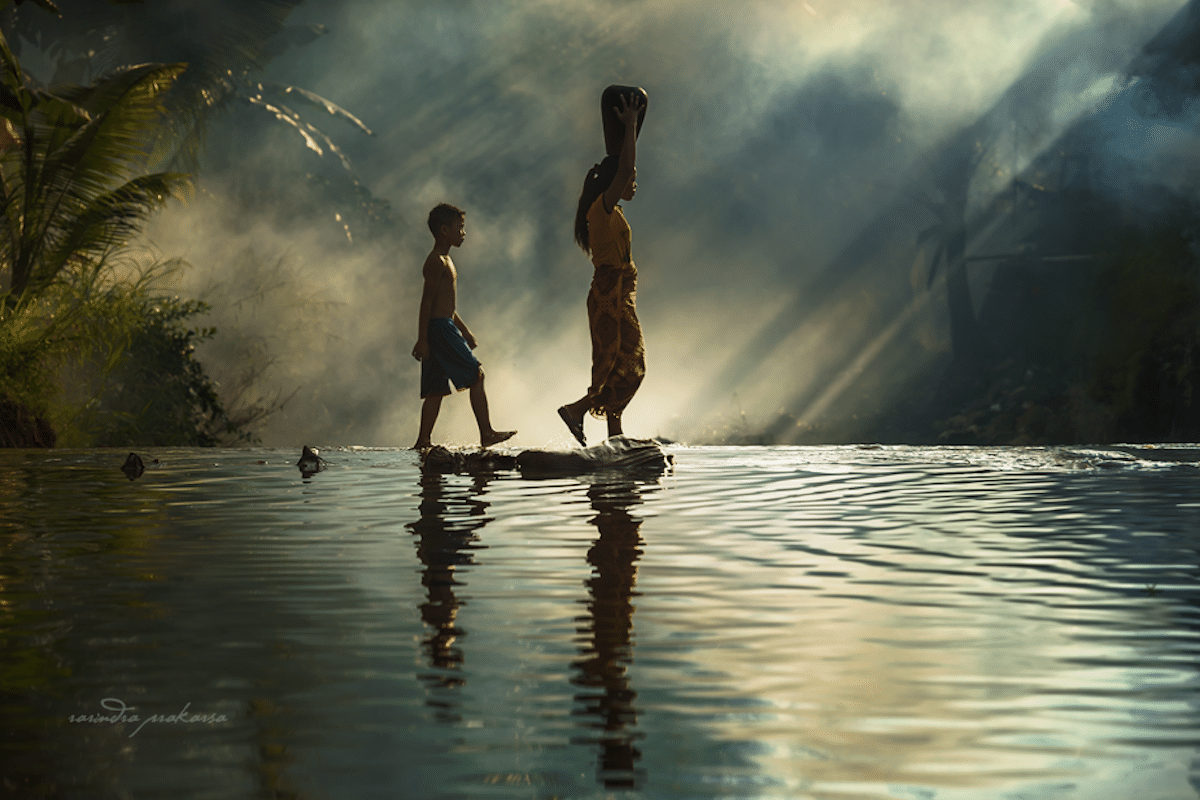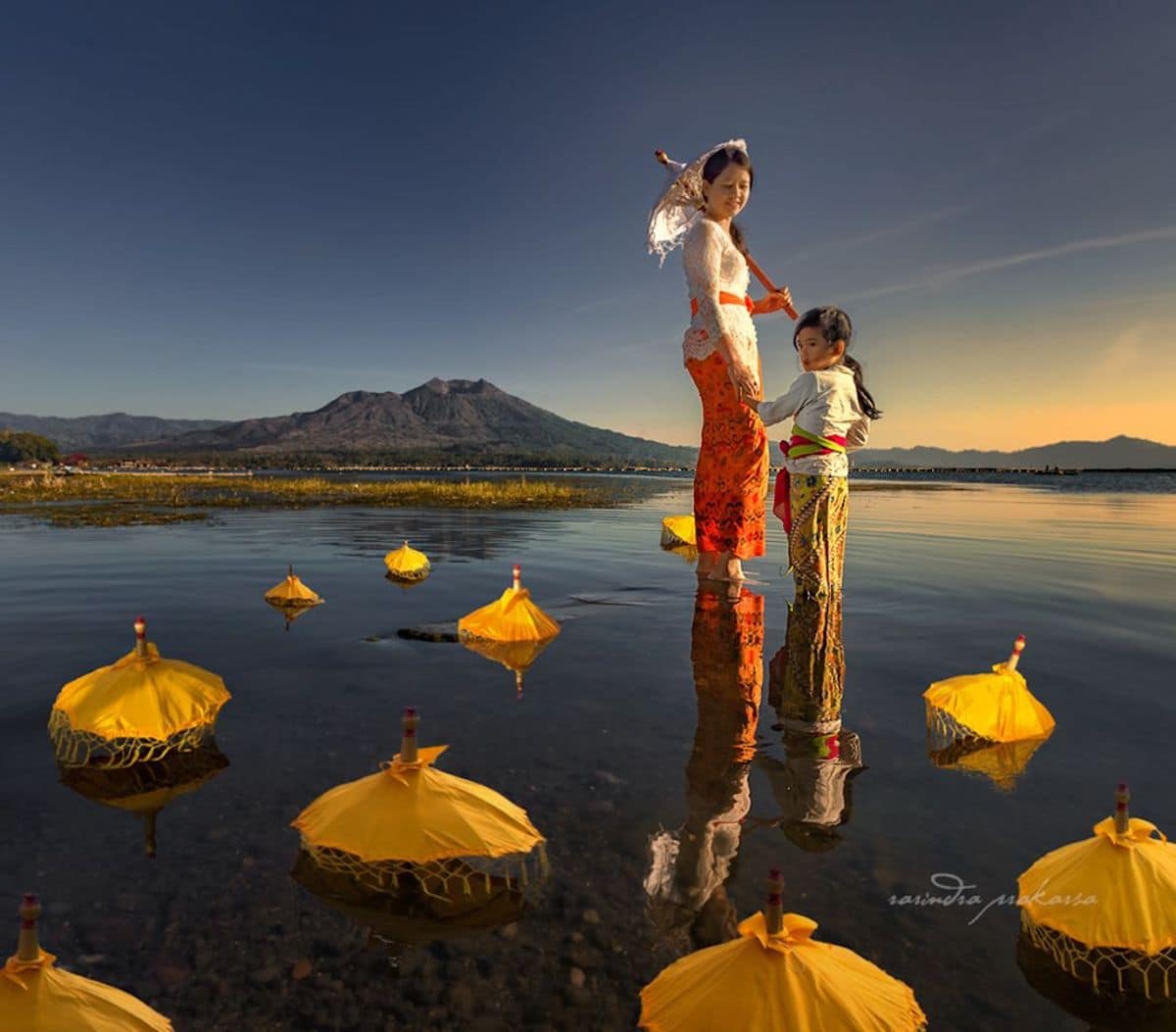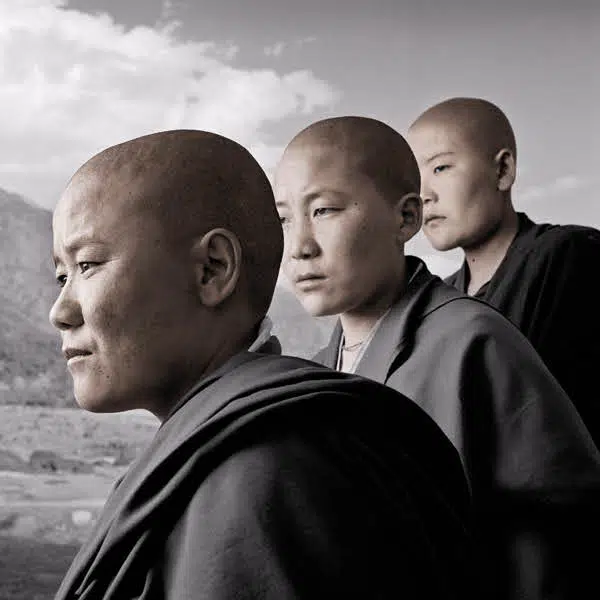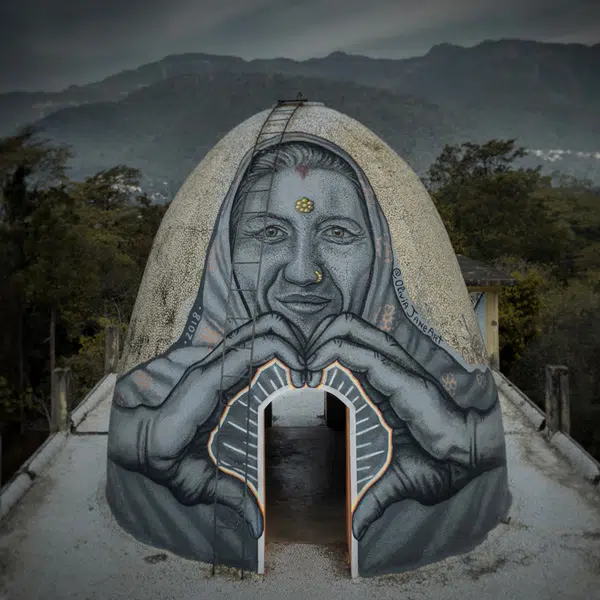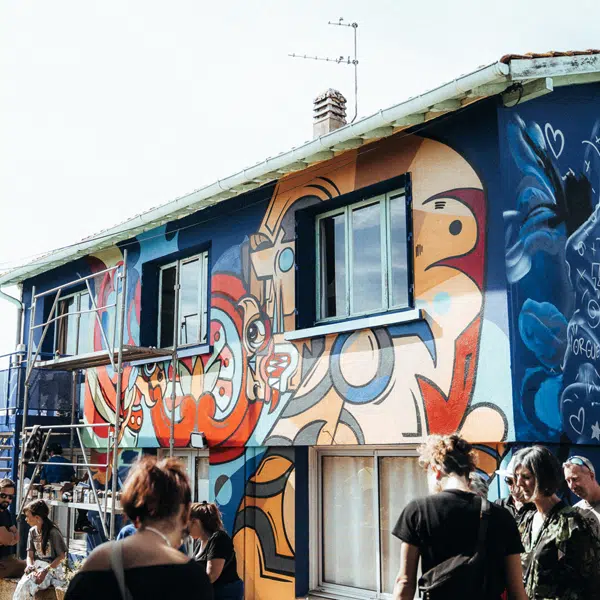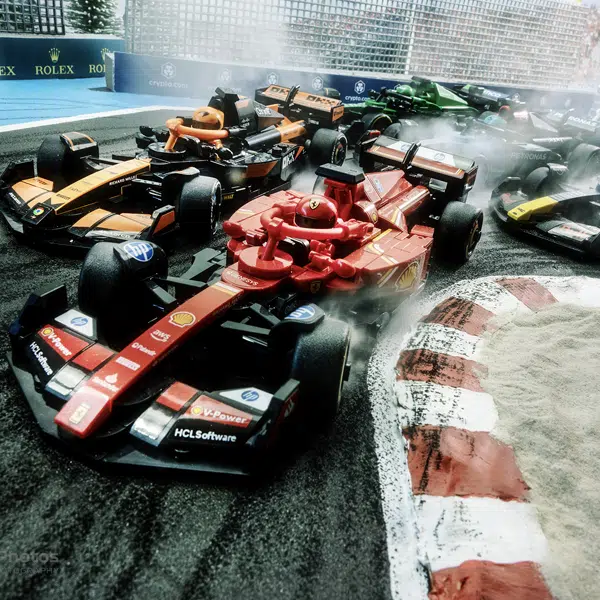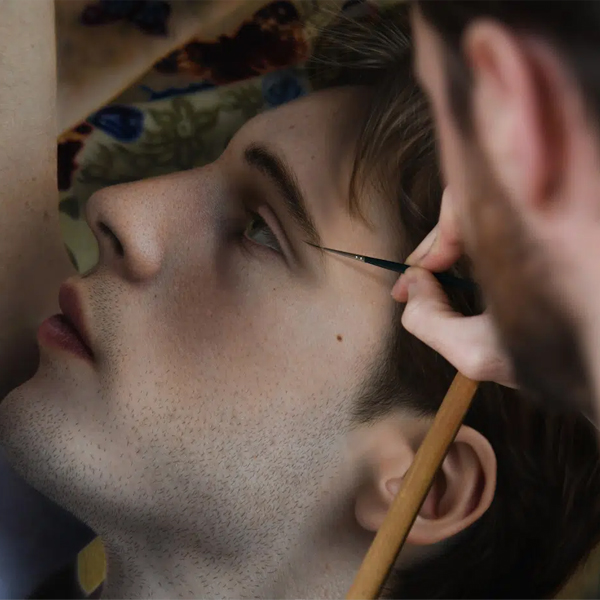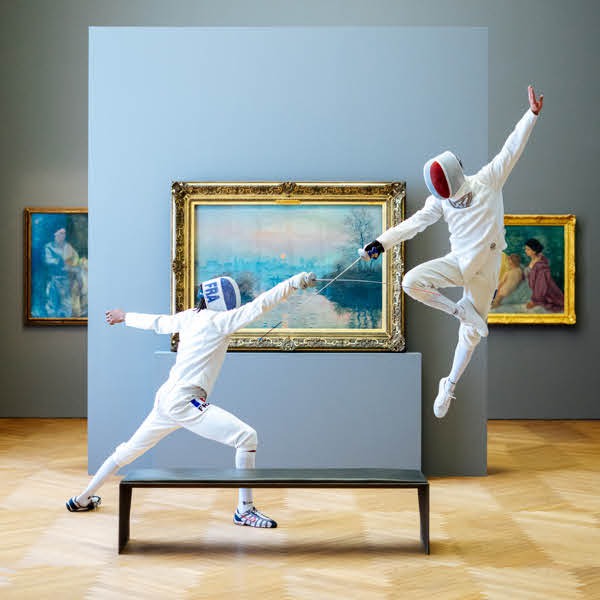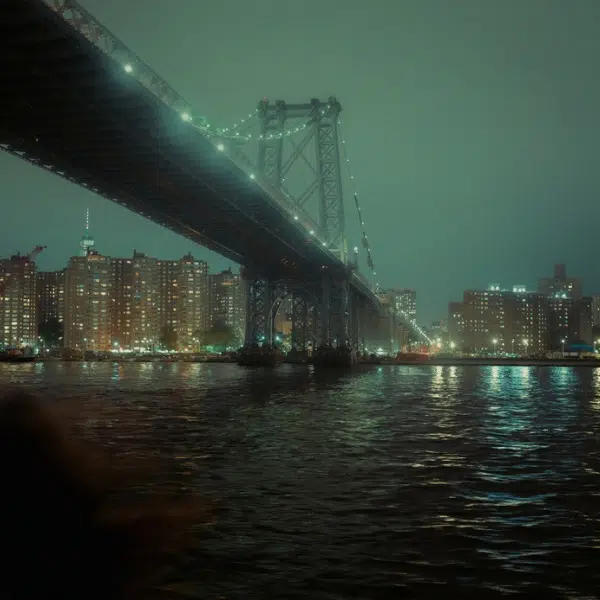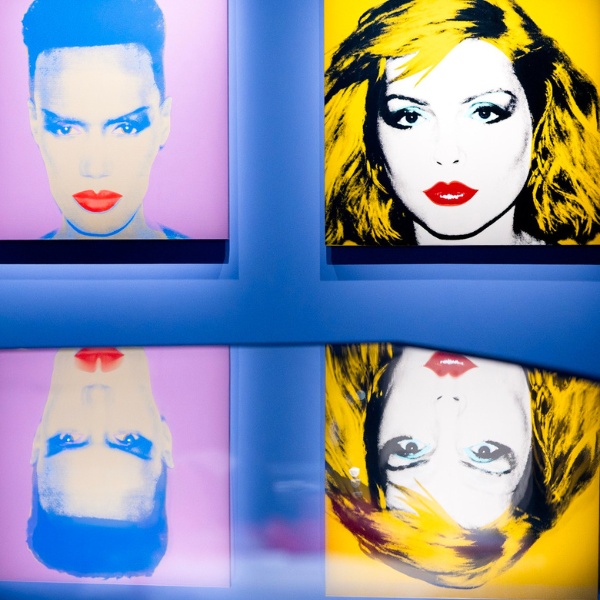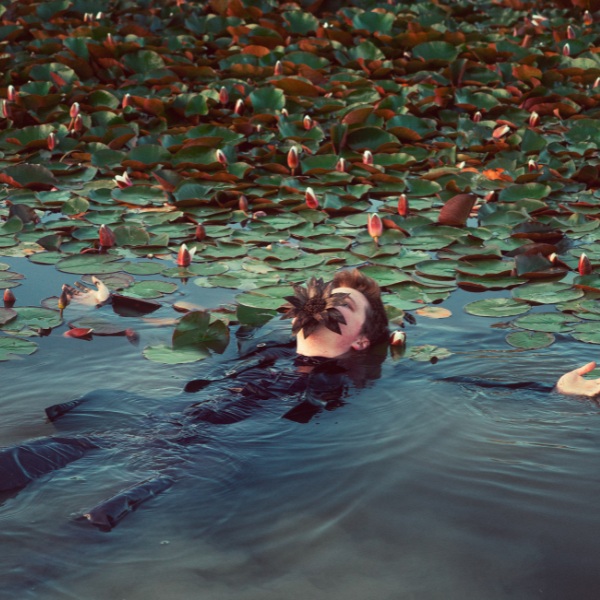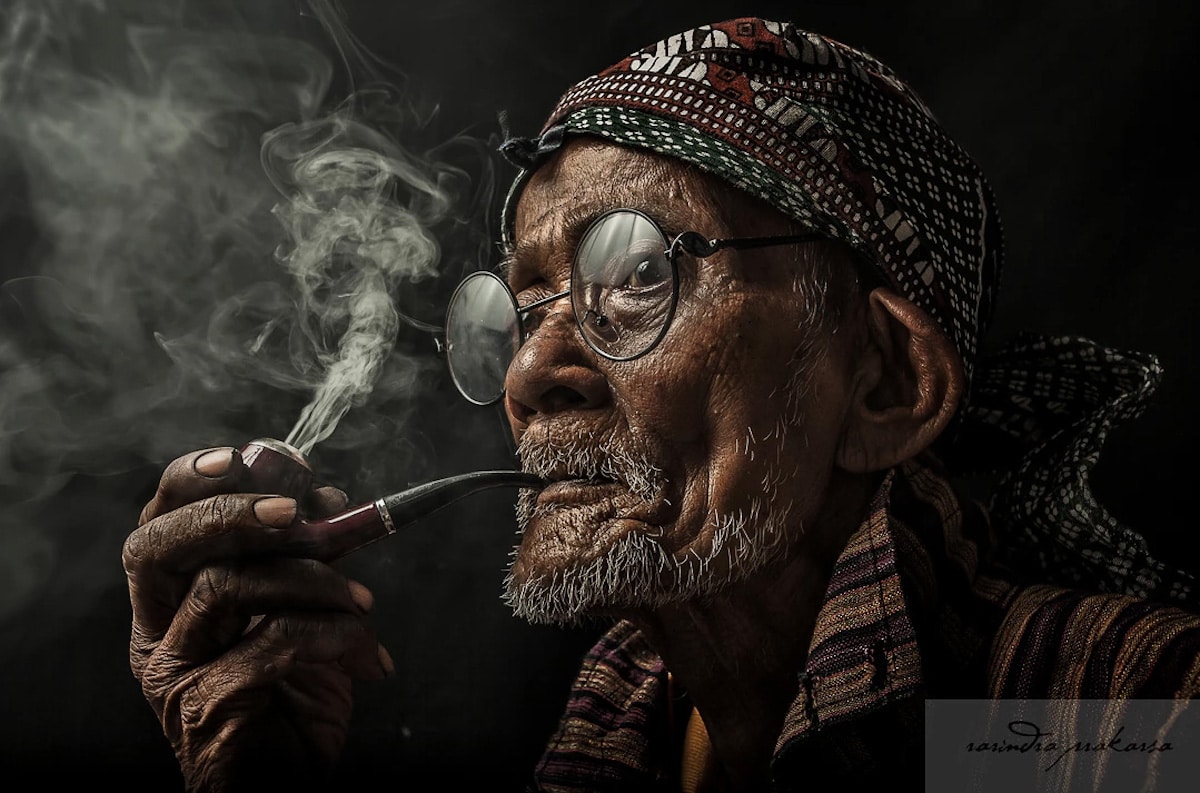
Jakarta-based photographer Rarindra Prakarsa captures scenes from rural Indonesia that could be film stills. Drenched in gorgeous light, his narrative works often elevate everyday occurrences—such as two people at work or a man smoking a pipe—and evoke the feeling that these sights are just one part of an epic adventure story.
Prakarsa has been a photographer for nearly 30 years. Originally trained in the field of design, he fell in love with photography during college and later parlayed his time as a graphic designer at a newspaper into a career snapping pictures of people in southeast Asia and beyond.
“Photography has the ability to grab a second and make it everlasting,” Prakarsa tells My Modern Met. And with the advent of social media, everlasting takes on a new meaning. He has seen how sharing the experiences that he documents allow others to learn about different cultures. “Now what you have just photographed, the world can see it.”
Social media has also provided Prakarsa the ability to expand his career. He teaches classes through Skype and travels to lead workshops for eager photographers around the world. We recently caught up with Prakarsa to ask him about the inspiration behind his work and why light is so important in an image. Scroll down for our exclusive interview.
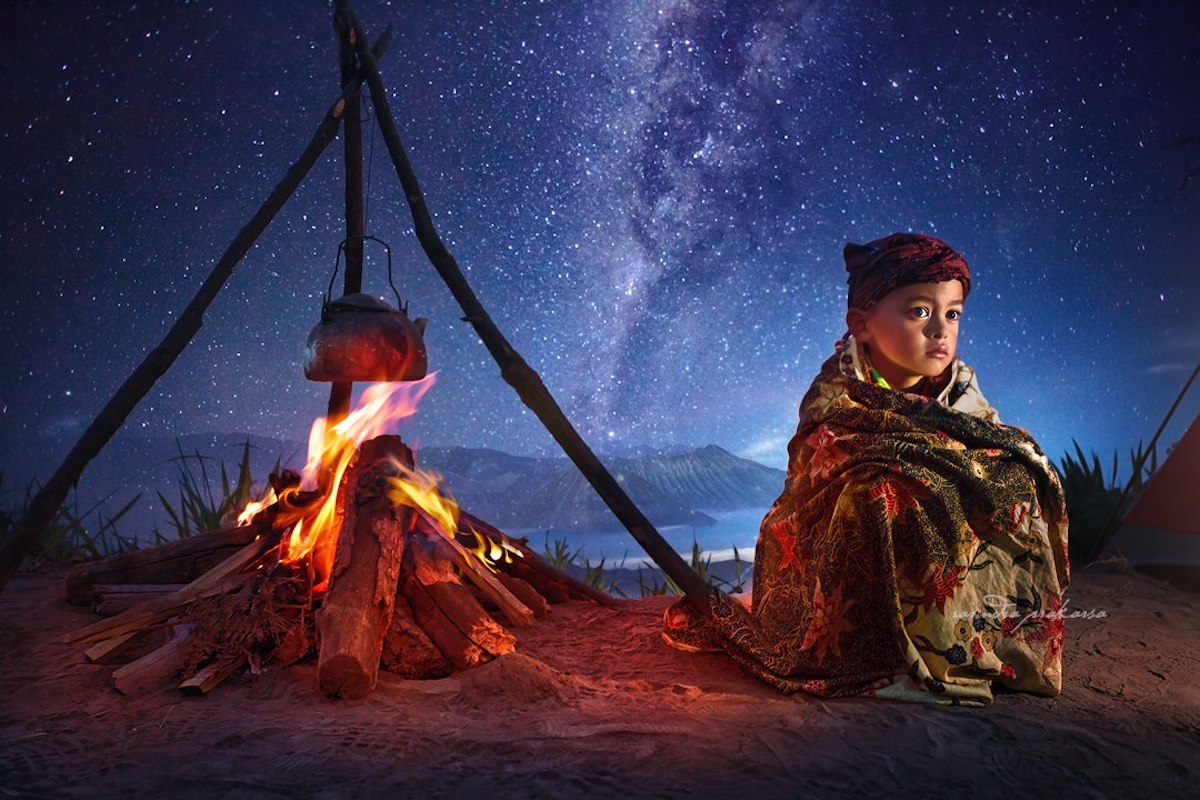
Tell us about how you got started in photography.
I started photography quite a long time ago. It was 1992 when I was in college, and I fell in love with any kind of visual communication. I studied graphic arts with photography as one of the subjects. I was really enjoying spending time in the darkroom although at that time I had no camera yet—I lent one from my friend and my lecturer.

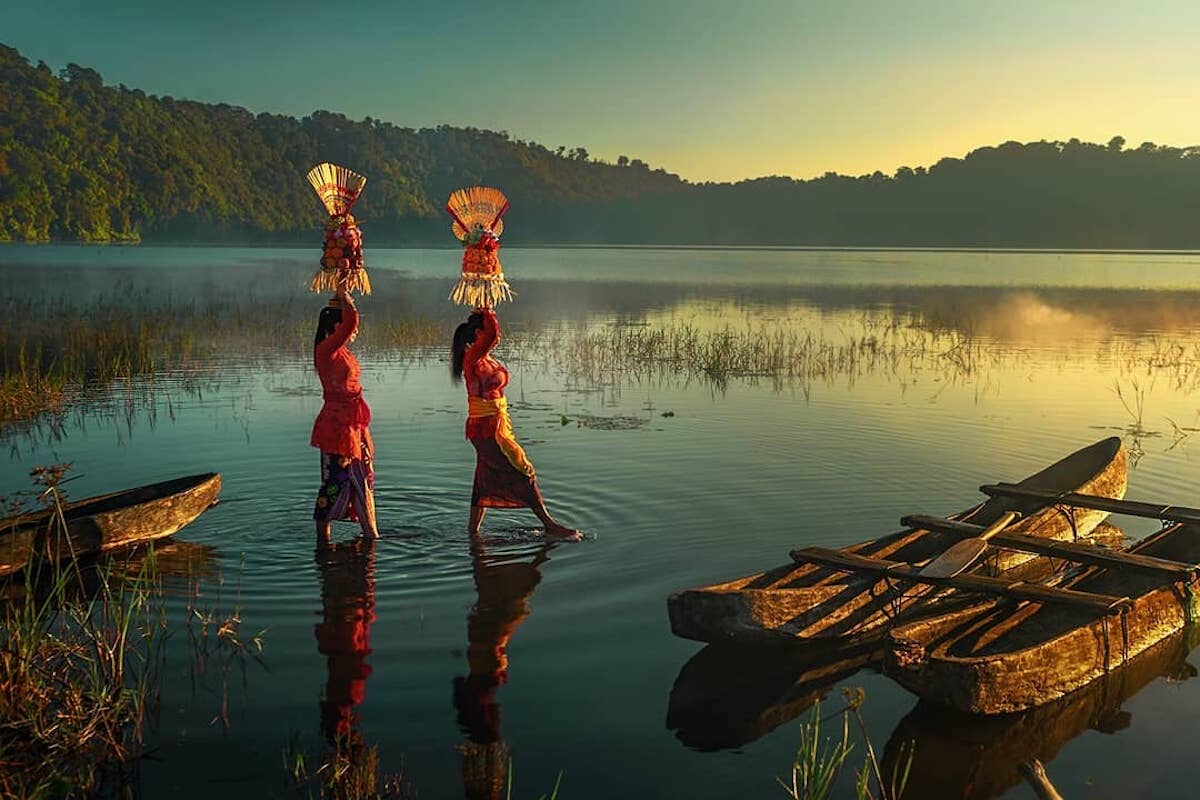
Your work has a cinematic quality to it. How do you achieve this?
Working in the film industry was my original aspiration when I was young. My parents didn't have enough money to send me to film school. Besides, there is only one at that time in Indonesia. But I love cinema and I love watching TV as well. Some movies I need to watch more than once. The first time I only see the cinematic quality, second just to enjoy the story.
To achieve this quality, the main key is the lighting. I never stop learning in order to improve this aspect of my work. For me, anything will look special with beautiful light. Especially when we understand how to achieve dramatic quality. The way we see light is another important skill, and then how we deal with any kind of lighting condition. Hence mastering the artificial light is also key. In my opinion, a good photographer can take pictures anytime and anywhere.
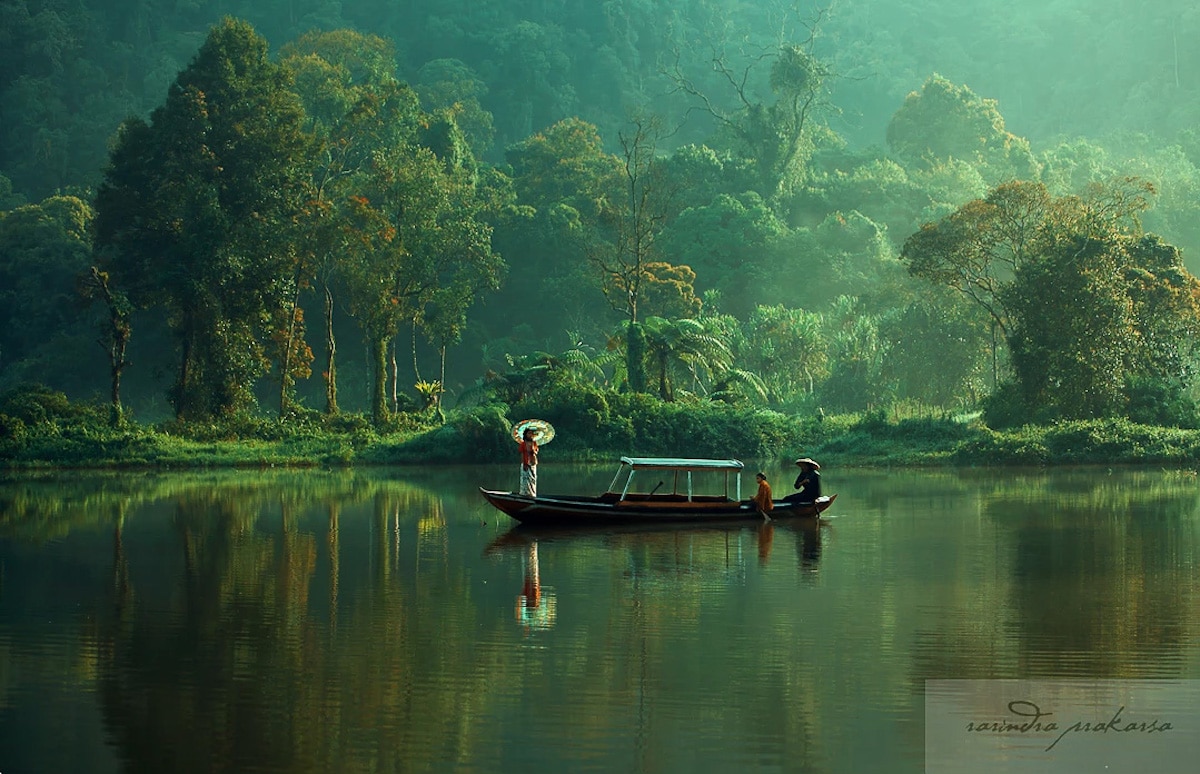
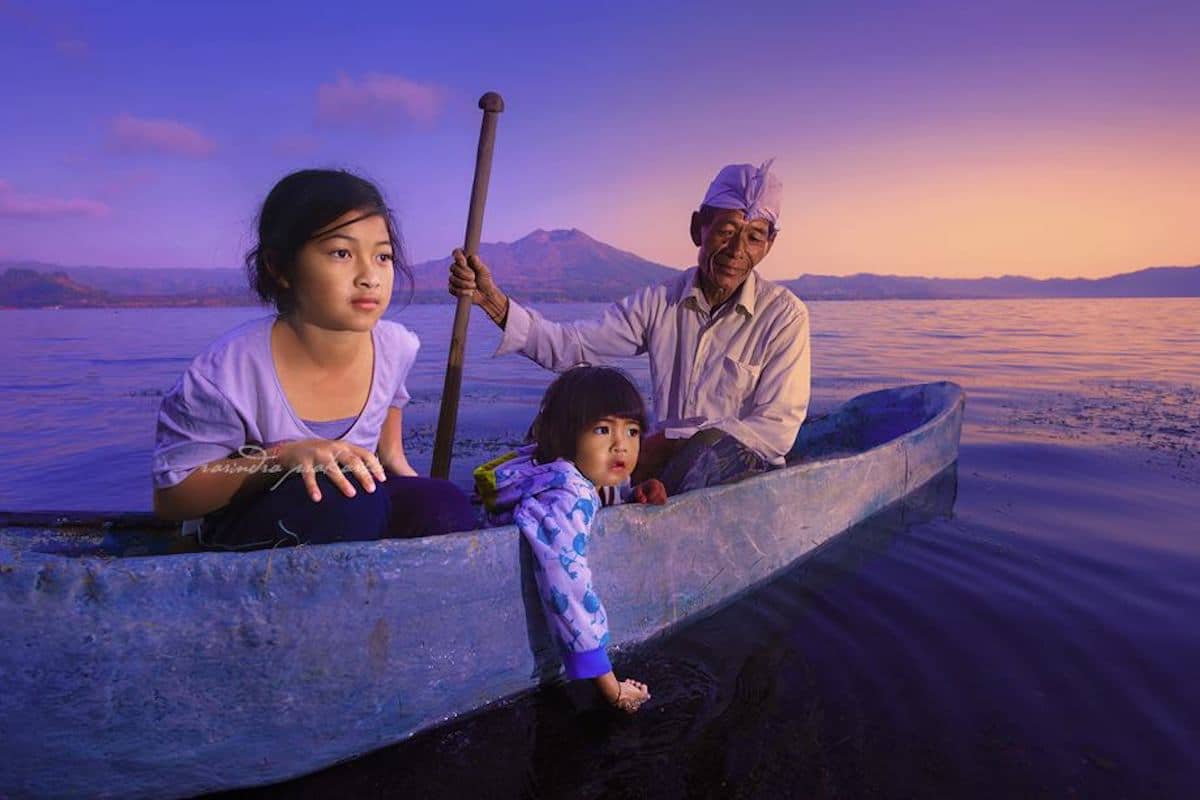
Light plays a major role in your work. What is your inspiration for lighting your images?
Besides cinema, painting is my inspiration too. I remember I attended one of the painting exhibitions in Jakarta. I didn't intend to attend, actually. But because it was held at a nearby library in the Netherlands Embassy, I came across the exhibition and was amazed by a beautiful painting from Walter Spies, a German painter who was born in Moscow. I think he is the one who really influenced my works. Not only me, but he also influenced modern arts in Bali and some other places in Indonesia early 1920-30s.


You teach an online photography course through Skype. What do students learn?
I do online teaching only for editing, but I mostly teach offline. I conduct workshops in 15 countries and conduct a photo trip to Indonesia and Asian countries.
Who is it geared towards?
In editing, I developed my own technique. There are many tips and tricks for post-processing everywhere on the internet, and they are mostly free. But they are like a mosaic—fragmented and really random. It can be great, but it leads a beginner to randomly learn in an unsystematic way.
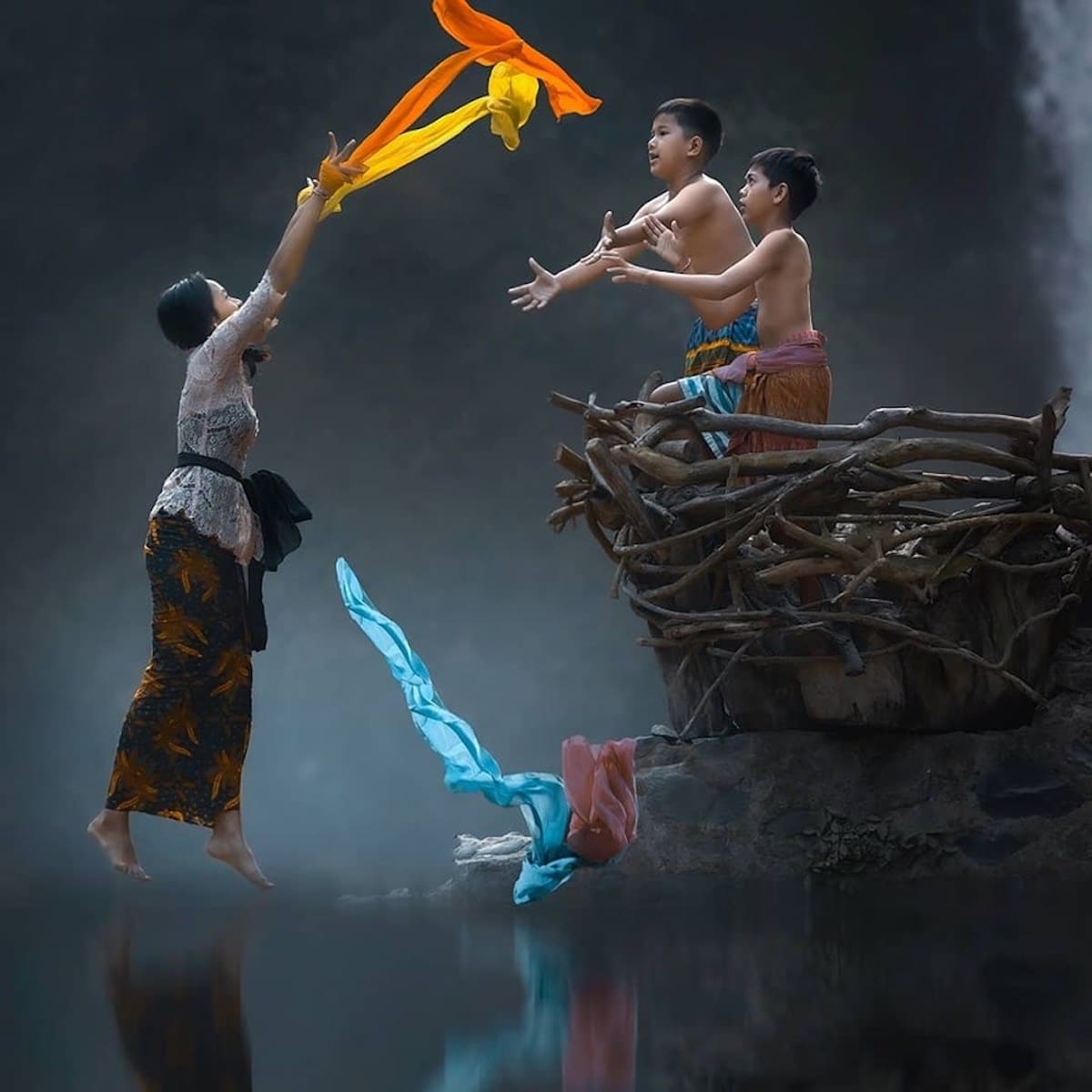
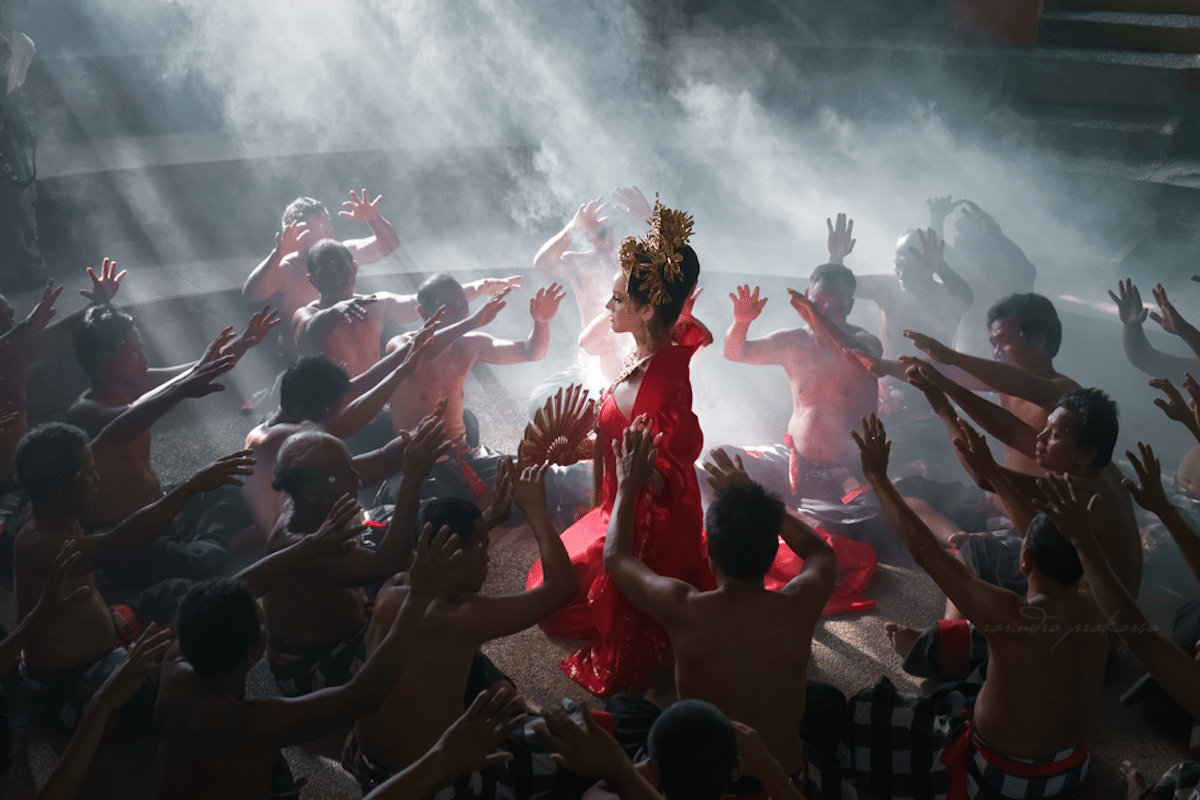
What are you working on now? What can we look forward to?
I am preparing some upcoming events next month. I will have three workshops in Indonesia. And early this year, I'll visit 10 cities in Norway and Sweden for talks. I am really looking forward to doing this as this is the first time I'll be talking in many places at once.

